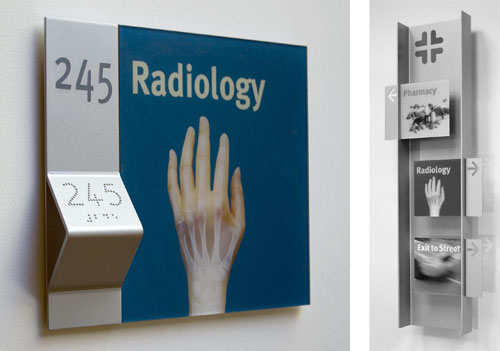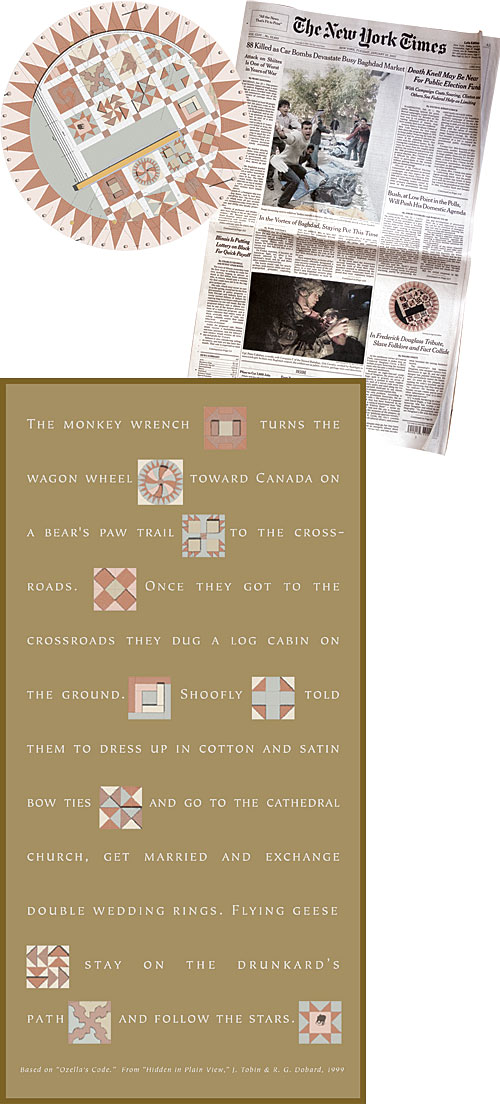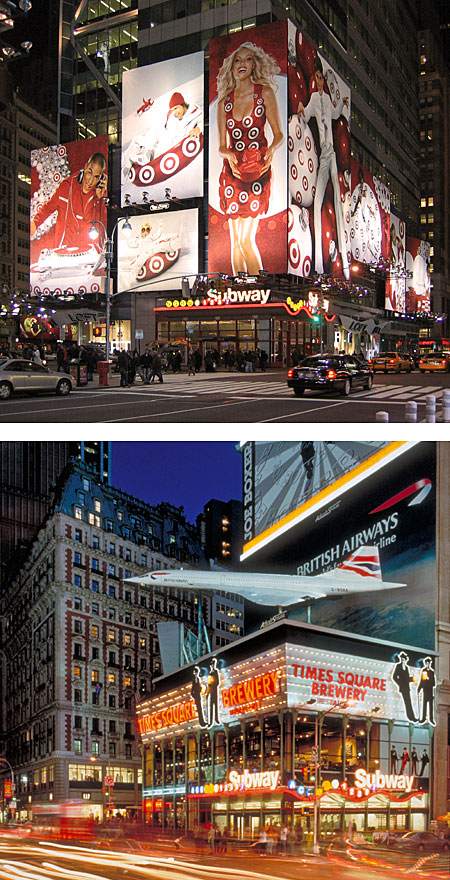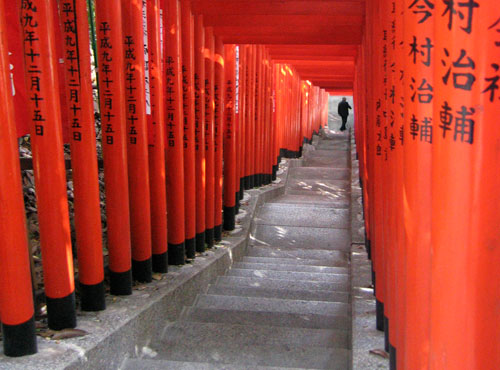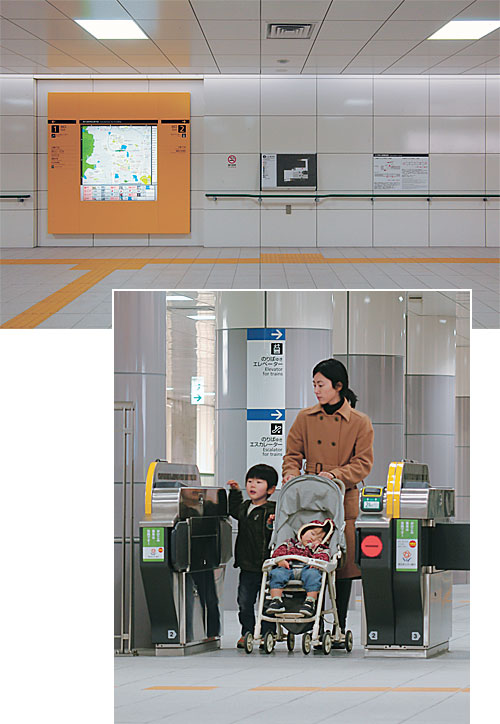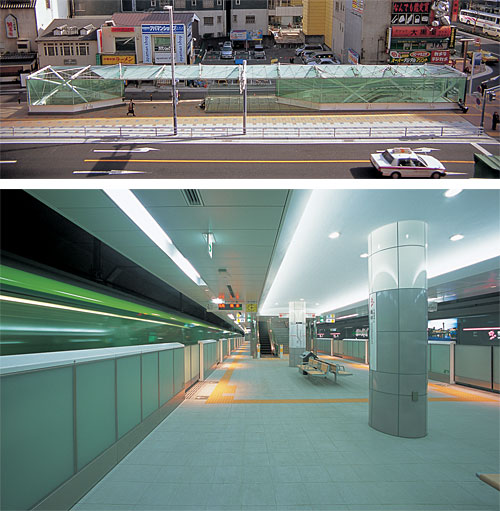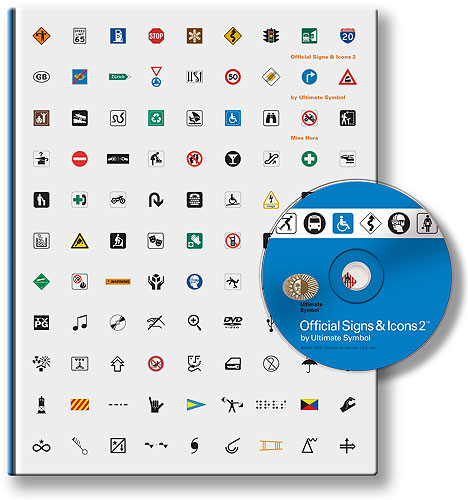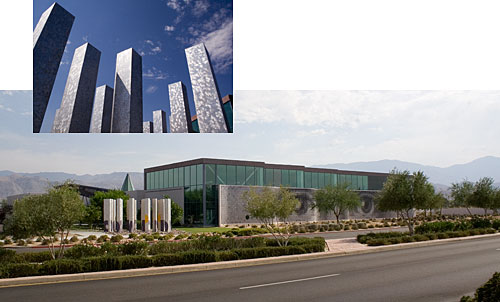
The first phase of our work at the Children’s Discovery Museum of the Desert project is now completed. The aluminum shafts display the Museum’s logotype, which assembles itself visually on the pylons as you enter the site. The mural (described in the entry for 23 January, below) features 4,000 tiles to which donors portraits are continually being added, eventually aggregating into an image representing the supporting community and America’s diversity. Due to the success of the project, MGA Partners, who are the architects of this superb building, are now working on the extension of the Museum.
